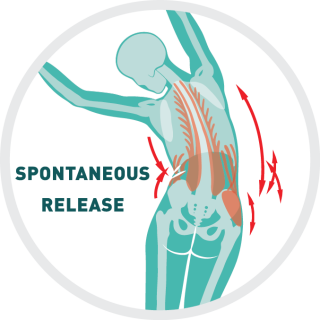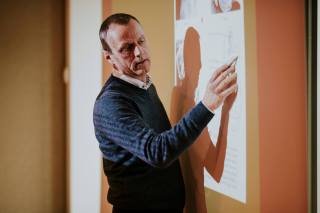Spontaneous Release
The osteopath L.H. Jones has empirically developed a treatment method that he originally called "strain counter strain". Unfortunately, the so-called Tender Points are far too often a reference for dysfunctions in the absolute sense of meaning! This course distinguishes itself by the broader framework in accordance with Still’s philosophy. This brings numerous (often unknown) functional relationships to the foreground.
Lecturers
Upcoming new courses
-

Spontaneous Release by Positioning
Krakow, Poland
December 4-7, 2025



